Several thin pieces of clothing instead of one thick one - the layering principle has established itself over the years. Nevertheless, it is often interpreted and implemented incorrectly, because as simple as the system sounds, the key lies in the optimal choice of suitable material. And last but not least also in personal body awareness. In order for the layers to work, there are important principles and some practical tips and tricks.
A contribution by Fabian Reichle - Bächli Bergsport
Moisture away, store heat and keep weather influences outside. This is the credo for more comfort on the mountain, especially during the cold season. The onion principle adopts this principle. Inspired by the numerous layers of the tuber, which causes tears in the kitchen, in mountain sports - and also in other activities - ideally several layers of clothing are worn on top of each other, which all have a specific function and harmonize with each other as an overall system.
This is sometimes the crux of the matter: the whole thing has to be coordinated. If small, fine details are not taken into account, the efficiency of the system goes to waste. However, several layers mean, at least that is how it has been established, three of them: the base layer, the insulating layer and the weather protection.
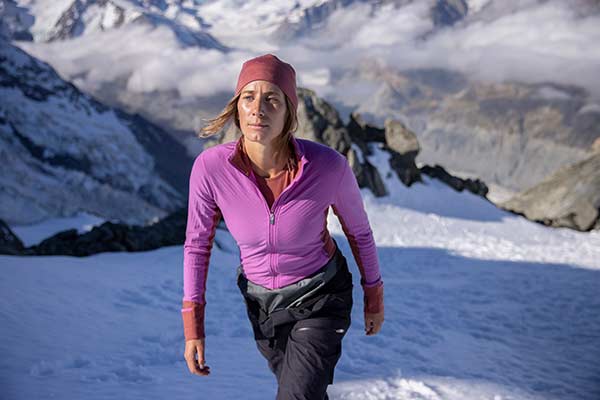
The base layer: moisture transport to the outside
During the strenuous ascent, the body sweats. The cooling function is helpful in summer, but counterproductive to dangerous in cold temperatures. This means that moisture should be wicked away from the skin's surface as efficiently as possible. This is where the first layer of the onion, the so-called base layer, comes into play.
fit and material
In order for this to succeed optimally, two factors play an important role: fit and material. It is important that the first layer lies directly on the skin and can therefore absorb sweat. The loose-fitting T-shirt is therefore of little use.
In terms of materials, it is already becoming a bit more complex. Synthetic fibers such as polyester or polyamide are best suited for particularly sweaty activities, as they hardly absorb any moisture themselves. On the other hand, natural fibers such as merino wool ensure an excellent body climate and are odor-inhibiting, but usually absorb more moisture themselves and may be unsuitable for people who sweat quickly and a lot.
Cotton is a complete no-go as a base layer, as it hardly wicks sweat away from the body and also dries very slowly.
Another point of the base layer is the insulation. If the temperature is very cold or if you feel cold, the piece of clothing can be thicker and have long sleeves.
Examples of the base layer
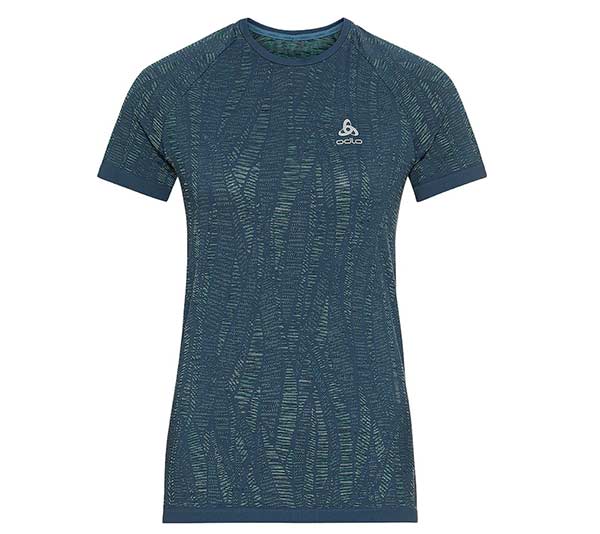
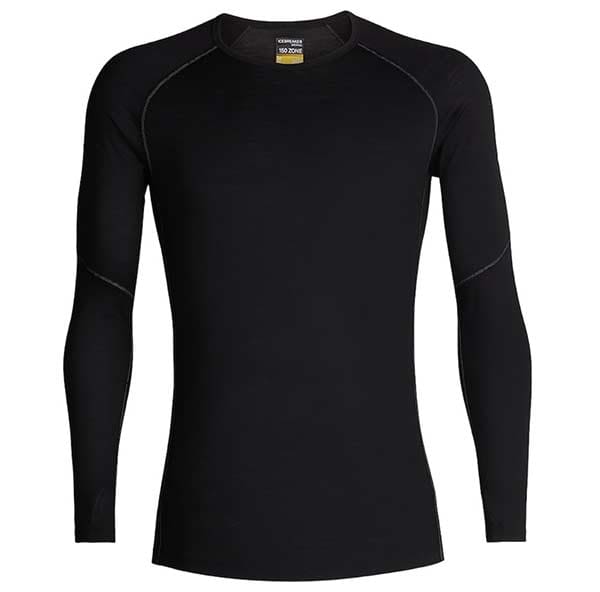
The insulating layer: heat retention and moisture regulation
The second layer has two functions. On the one hand it transports moisture away from the first layer, on the other hand it serves to insulate heat that is also radiated from the body.
The focus is still on breathability, which is why it is neither windproof nor waterproof. At least not entirely. Fleece jackets, for example, are ideal – i.e. clothing made of polyester synthetic fibers. But materials such as down and its artificial counterpart Primaloft or (merino) wool can also store heat and be breathable at the same time.
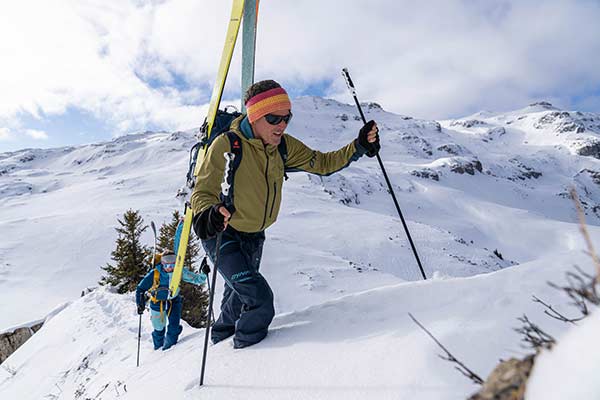
The middle layer in particular is extremely dependent on the weather, so there is no fixed standard here. In mild temperatures or during intense exertion, the insulating layer should not be too thick - the down jacket then stays better in the backpack. In such cases, a thin long-sleeved shirt can also be worn. Depending on your physical sensitivity, you won't freeze even at sub-zero temperatures. On the contrary, the second layer can also be expanded. When it's freezing cold, wear another jacket over the fleece sweater, for example made of softshell or down material.
Incidentally, it is worth paying attention to the details of the insulating layer. Ventilation options such as zips under the arms or cuffs that can be used as semi-gloves are practical when less or more insulation is required. The question of whether a top is worn with or without a hood is not only a matter of taste but also a heat factor.
Examples of the insulating layer
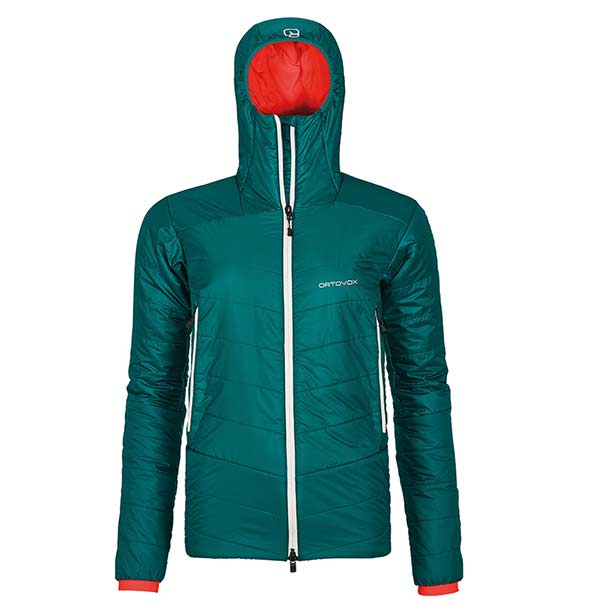
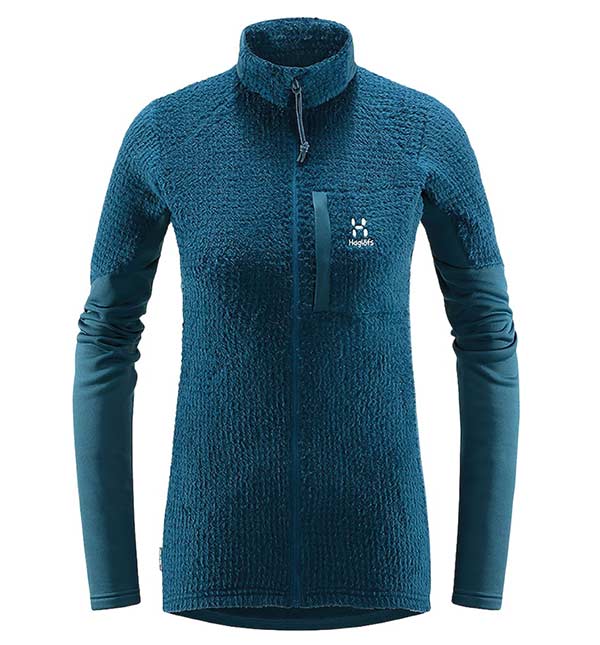
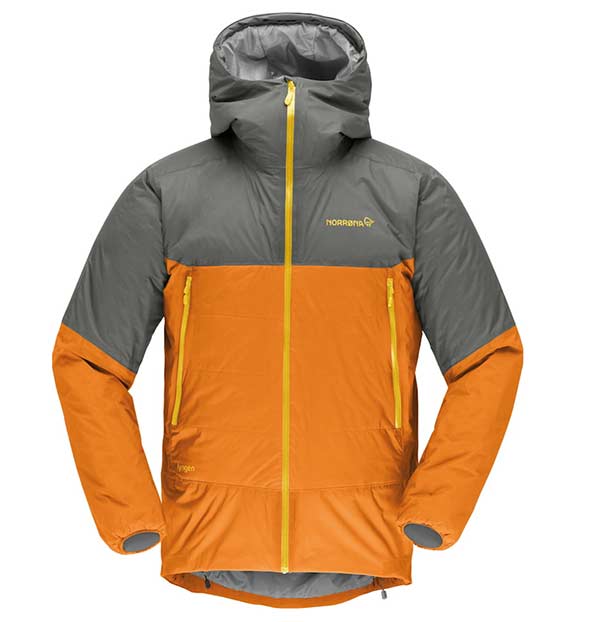
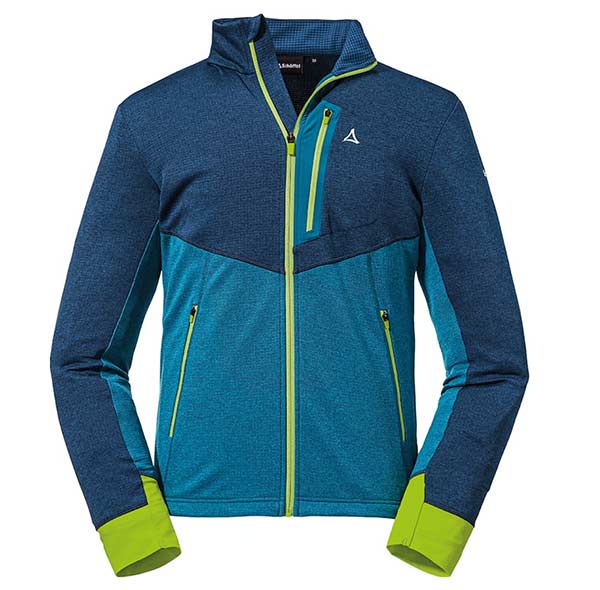
The weather protection: keep wet and wind away
The breathability of the first two layers has a logical disadvantage – it does not protect against the elements. A wet insulation layer is useless and biting wind whistling through the textiles is also unpleasant. Therefore, the third and last layer of the onion principle comes into play: the weather protection.
A small but relevant note at the outset. The name of this layer already implies that this garment is worn when the external conditions are nasty. Otherwise there is a risk of heat build-up and the body can overheat. Modern weather protection jackets are breathable, but at some point they reach their limits, especially when you are exerting yourself.
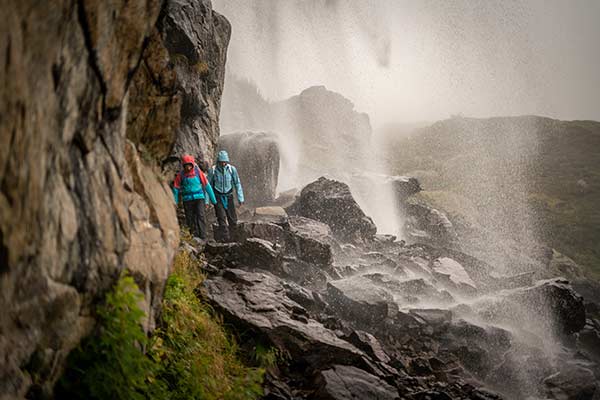
Whoever speaks of weather protection usually speaks of hard shell. And this is where Gore-Tex comes into play in many cases. The brand symbolizes waterproof and windproof membranes that are processed in the textiles (Gore is by no means the only manufacturer). These membranes consist of billions of pores that are many times smaller than water droplets. This keeps liquid and wind out while still wicking moisture away from the body. As mentioned, but in reduced quantity than the first two layers.
A weatherproof jacket should also claim to be abrasion-resistant and durable; depending on which sport is pursued. Hardshell jackets are available with different membrane layers: two, two and a half or three are common. The more of them there are, the more robust the material becomes, but the weight and pack size increase.
Incidentally, a light rain or wind jacket is also good for weather protection, especially in summer. The latter is significantly more breathable than a full-fledged, typical hard shell jacket due to the lack of a waterproof membrane.
Small bonus: the hybrid jacket is something in between the first and second layer. How it works and who it is suitable for you can read in our separate article.
Examples of weather protection
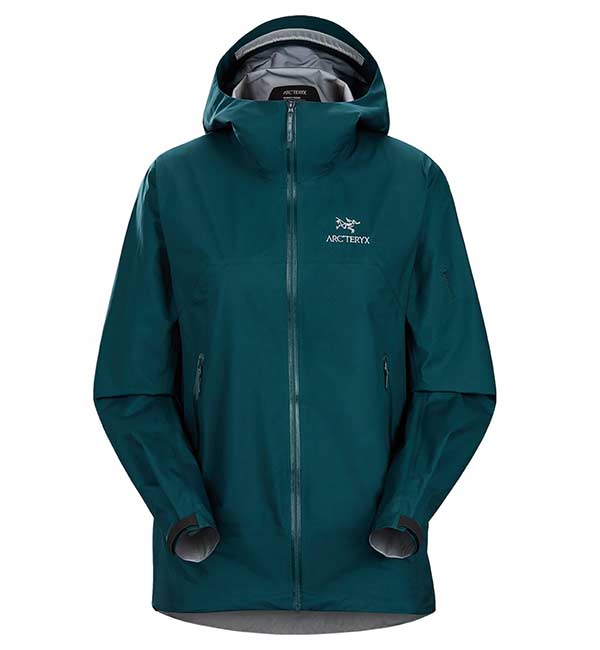
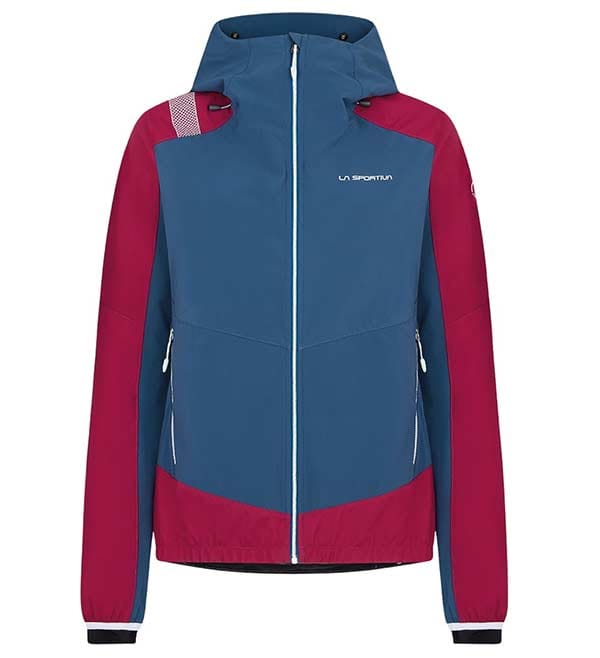
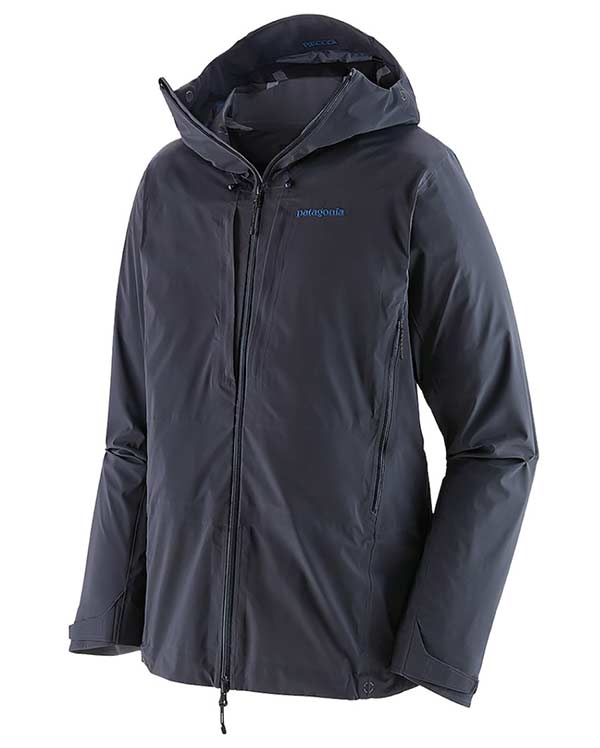
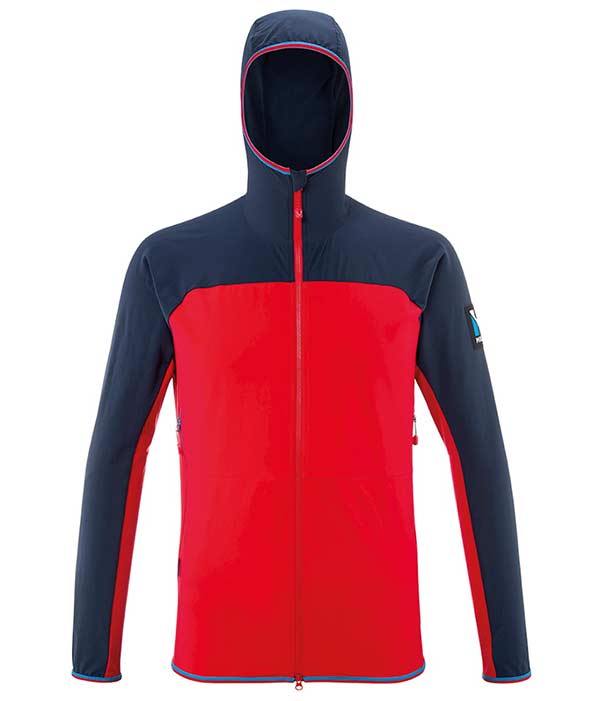
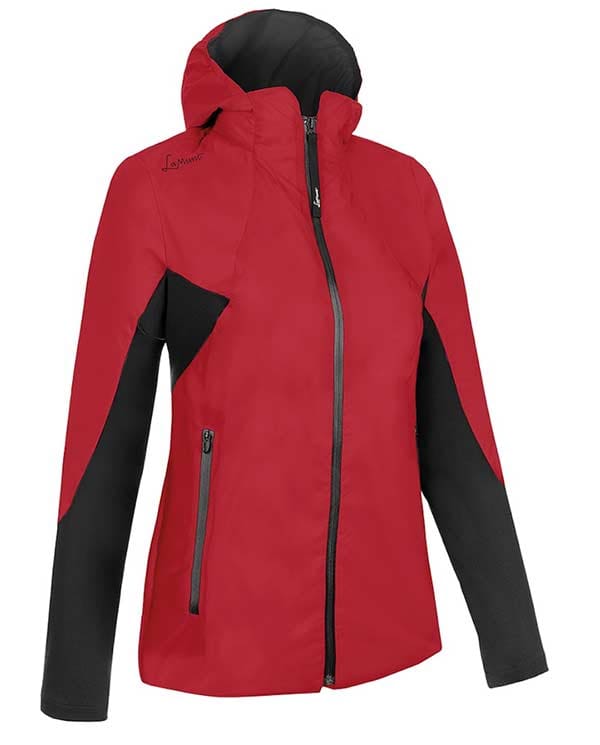
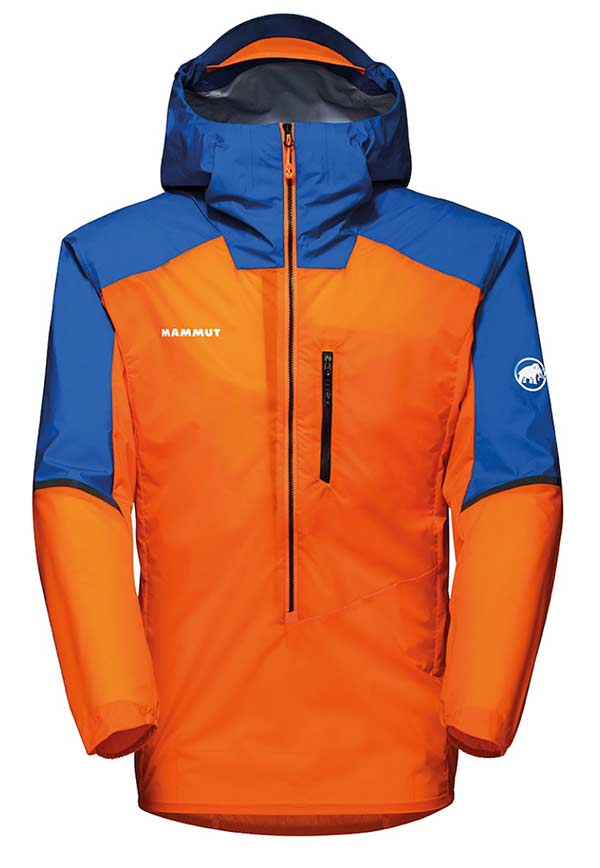
The onion principle is not set in stone
The description of the individual elements of the three layers already suggests that an onion principle is very individual. Body condition and weather result in a number of combinations that make a strict implementation of base layer, insulation layer and weather protection hardly necessary.
But this is exactly where the strength of the onion principle lies. The modular structure allows for quick adaptation of external and existing conditions. Is the sun shining and is there no wind? Then the weather protection stays ahead. Are the temperatures sinking into the abyss? Then the second layer is equipped with more insulation. Is it raining on a warm summer day? Then the rain jacket over the functional shirt is enough - or the soft shell when it's windy.
The onion principle therefore requires some personal tests. It makes sense to find out which materials are best for your own comfort. In addition, preferences such as weight, pack size or possible uses for different mountain sports play a role. Just thinking about when to go outside already limits the large selection of possible combinations.
Where the onion principle is also used
With the layers we cover and regulate our upper body. However, the principle can also be applied to other parts of the body - always based on the basic idea of the three properties of moisture release, heat insulation and weather protection.
For example, the ski tour happiness is spoiled a lot if the outer clothing harmonises perfectly, but cotton underwear is worn under the pants. The same applies to socks or gloves. The latter in particular can also be worn in layers. We have a few for that Tips and tricks summarized in a separate post. And the onion principle can also come into play on the head: a light hat plus hood is more flexible than a single, thick cap.
That might interest you
- Alpine tour: tips & tricks for beginners
- Sits well: This is what you need to know about climbing harnesses
- Thanks to this planning, your ski tour will be a success
About Bächli mountain sports
Bächli mountain sports is the leading Swiss specialist shop for climbing, mountaineering, expeditions, hiking, ski touring and snowshoeing. At currently 13 locations in Switzerland, Bächli Bergsport offers its customers expert advice and high-quality service. Published on LACRUX Bächli mountain sports periodically exciting contributions to the topics climbing, bouldering and mountaineering.
+ + +
Credits: Cover picture and article pictures: Bächli mountain sports


